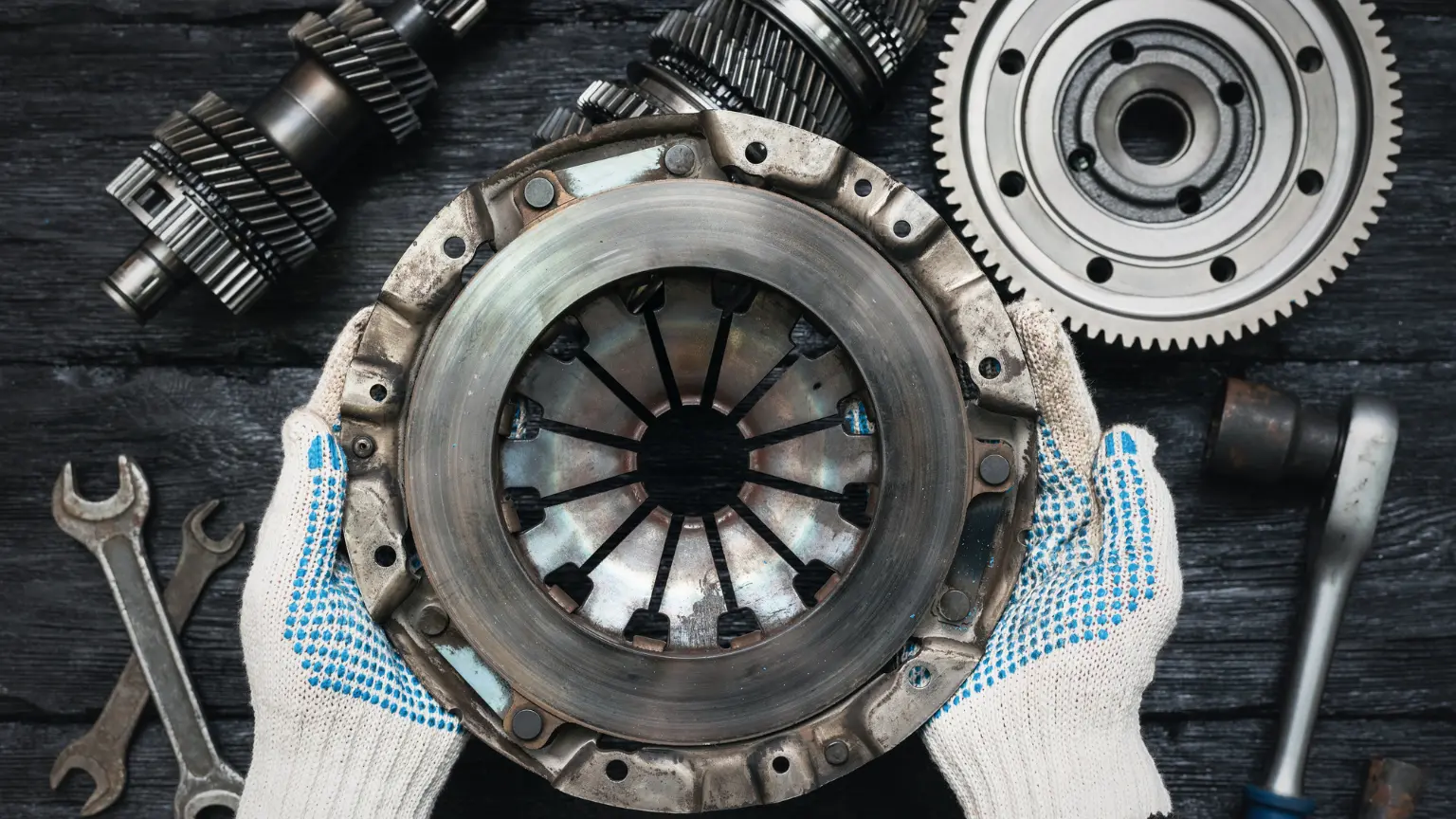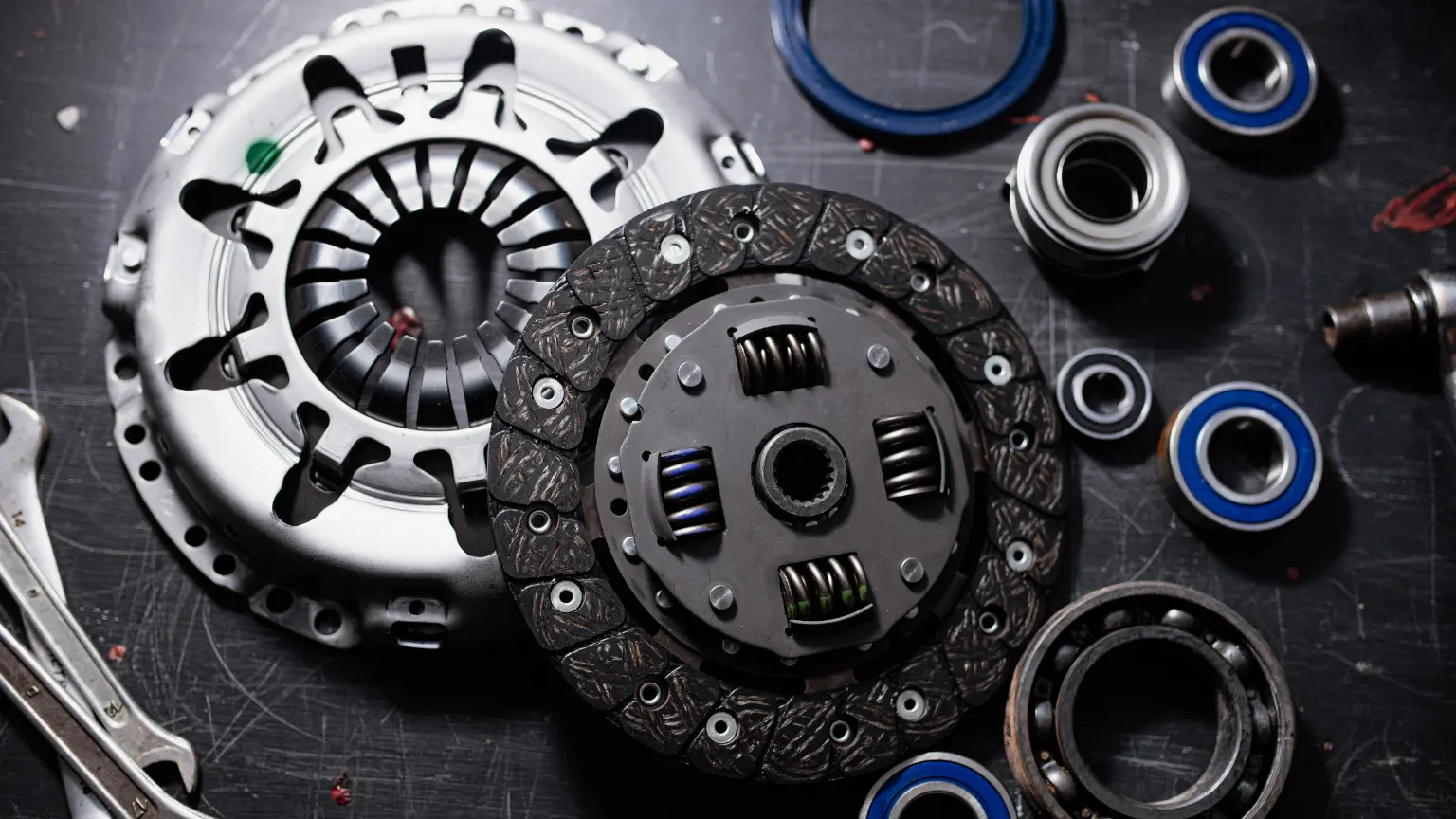Transmission Repair or Replace: Making the Choice
Discover transmission failures—symptoms, repair vs replacement costs, warranty impacts, and long-term considerations—so you can make the best choice for performance, safety, and vehicle value.
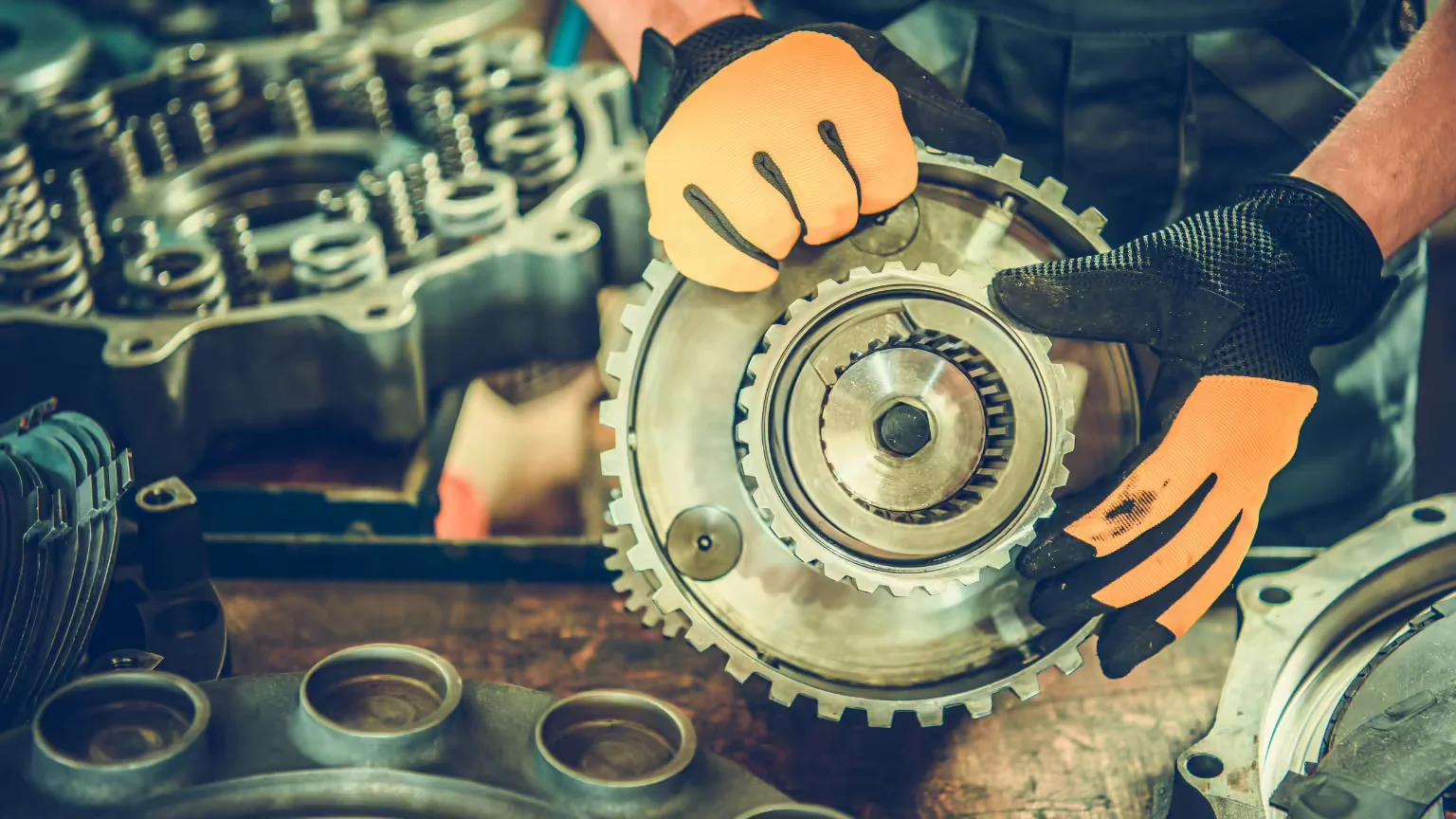
The vehicle's transmission is a critical component, acting as the bridge between the engine and wheels, ensuring your car runs smoothly. However, like any other mechanical system, transmissions are not immune to wear and tear. The dilemma often arises when transmission issues crop up: transmission replacement or repair. Making an informed choice can significantly impact the longevity of your vehicle's transmission and your financial health. This comprehensive guide will examine the factors surrounding this crucial decision, helping you make an informed choice tailored to your specific situation. The decision for transmission issues is high stakes, with both immediate and long-term implications. A wrong choice can not only cost you more money but can also put you and other road users at risk if the transmission fails while driving. Moreover, the value after transmission repair or replacement can significantly affect the vehicle's resale value, making it a decision worth careful consideration.
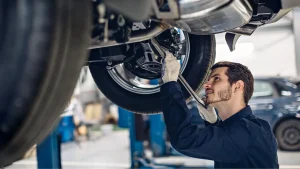
Understanding Transmission Problems
Transmission problems manifest in various ways, making it essential to stay vigilant about any unusual behaviors in your vehicle. Some common symptoms include gears that slip or don’t switch, a burning smell, or shaking and jerking while driving. Particularly, grinding, jerking, or shaking is indicative of a bad transmission. If you drive a manual transmission car, gear grinding is a common issue you might face. On the other hand, automatic transmissions may exhibit hesitation when shifting gears, often described as 'transmission slipping'.
Many transmission issues originate from the vehicle's computer system sending incorrect signals to the transmission, typically due to malfunctions in electronic components. Initial diagnosis usually involves a technician connecting diagnostic equipment to your vehicle’s onboard computer, producing a code that indicates where the problem lies. The transmission temperature warning on the dashboard is a common sign of transmission problems, suggesting that the transmission fluid is hotter than usual, which in turn causes the transmission to operate at a higher temperature.
The longevity of a transmission is influenced by various factors, including the vehicle's mileage and age. On average, a well-maintained transmission can last more than 100,000 miles, but this can vary significantly depending on the type of transmission, the manufacturer, and the driving conditions. The age of a vehicle also plays a crucial role, with the average age of cars on the road being 12.5 years. However, the number on the odometer isn't the only indicator of a vehicle's reliability, as environmental factors and the level of maintenance also significantly impact the transmission's health.
The Repair Option
Transmission repairs can range widely based on the specific issues identified during a diagnostic assessment by professional mechanics. The severity of the damage dictates whether a simple fix or a comprehensive overhaul is necessary. Below are various common transmission repair procedures:
- Adjusting Sensors: Proper sensor function is crucial for transmission efficiency and vehicle safety. Adjusting sensors involves calibrating them to accurately monitor and relay information about the transmission’s performance to the vehicle’s computer system. This process ensures that the transmission operates within its optimal parameters, reducing the likelihood of premature wear and tear.
- Replacing Transmission Fluid: Transmission fluid plays a critical role in lubricating and cooling the internal components of the transmission. Over time, this fluid can degrade or become contaminated, leading to inefficient operation and increased friction. Replacing old fluid with new, high-quality transmission fluid can significantly enhance the performance and longevity of the transmission.
- Fixing Leaks: Leaks within the transmission system can lead to significant issues if not addressed promptly. Fixing leaks typically involves identifying the source of the leak—whether it's a seal, gasket, or a crack in the transmission casing—and repairing or replacing the faulty components. By fixing it, you may stop additional fluid loss and shield the transmission from further harm brought on by low fluid levels.
- Replacing Key Components: Components like gears, clutches, and bearings are subject to wear and damage over time. Replacing these key components is essential for maintaining the transmission’s integrity and functionality. This process involves removing the damaged parts and installing new ones that meet OEM specifications, ensuring that the transmission can handle the demands of the vehicle without failure.
- Rebuilding the Entire Transmission: In cases where the transmission has suffered extensive damage, a complete rebuild may be necessary. This comprehensive process involves disassembling the entire transmission, inspecting every part for wear and damage, replacing defective components, and reassembling the unit to factory specifications. A rebuild can restore the transmission to its original condition, offering a cost-effective alternative to complete replacement.
Each of these repair options serves a specific purpose in the overall health and efficiency of a vehicle’s transmission system. Choosing the right repair involves a thorough evaluation of the transmission’s condition by a skilled mechanic. Regular maintenance and timely repairs can greatly extend the life of the transmission, ensuring smooth operation and reliability of the vehicle. The cost of transmission fixes can be quite varied, and it's crucial to evaluate both the immediate and long-term financial implications. Short-term costs include immediate repair charges, while long-term costs include potential future repairs and the impact on your vehicle's performance and longevity. It's also essential to consider the long-term transmission solutions offered by repairs and how they compare to replacing the transmission entirely.
While repairing a transmission may seem like a cost-effective solution initially, it's not without risks. There's always the possibility that the repair may not address all the underlying issues, leading to recurring problems. Some damages might be beyond repair, rendering the efforts futile. It's imperative to have an expert transmission analysis to understand the full extent of the damage and the potential limitations of a repair.
When Is Transmission Replacement Advisable for Well-Maintained Vehicles?
For vehicles that are otherwise in good condition—meaning the engine, suspension, body, and other major systems are sound—replacing the transmission can be a wise investment under several circumstances. The decision to replace the transmission often comes when the repair costs approach or exceed the price of a new transmission. If the transmission has already undergone several repairs, yet problems persist, replacement might be the more reliable choice. The car transmission replacement cost can be hefty, but in some cases, it's a worthwhile investment towards ensuring the vehicle's reliability and longevity.
A new transmission can seriously boost the performance and reliability of your vehicle. It provides a fresh start, free from the wear and tear that the old transmission endured. Additionally, new transmissions often come with warranties, providing you with peace of mind. The enhanced performance, coupled with the reassurance of warranty coverage, often justifies the financial considerations and transmission involved in going the replacement route.
The process of installing a new transmission is a complex task that professionals should handle. It involves removing the old transmission, installing the new one, and ensuring that it integrates well with the other systems in the vehicle. A well-executed installation is crucial to reap the benefits of a new transmission fully. It's advisable to choose a reputable transmission repair service to handle the installation, ensuring that the work is done accurately and efficiently.
Transmission Replacement for Classic or Older Vehicles
Replacing the transmission in classic or older vehicles presents unique challenges that go beyond standard repairs. Sourcing compatible parts can be difficult, as original components may be discontinued or only available through specialty suppliers. Ensuring the new transmission matches the vehicle’s specifications is crucial to maintain authenticity and performance. Additionally, classic cars often require specialized knowledge, making it vital to select a mechanic with experience in vintage models. Modifications may be necessary to fit modern transmissions, potentially impacting the car’s value and originality. Owners should also consider the long-term impact on collectibility and whether the upgrade aligns with their restoration goals.
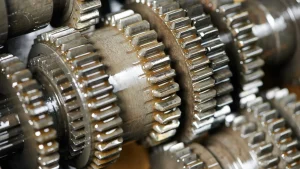
Assessing Transmission Damage
Assessing the damage to a transmission requires a blend of specialized tools and expert knowledge. As said before, diagnostic tools can scan the vehicle's computer system for error codes that pinpoint issues with the transmission. Besides electronic diagnostics, manual inspections are also crucial. Mechanics may look for physical damage, leaks, or worn-out components that could be affecting the transmission's performance. The combination of technological and manual evaluations ensures a comprehensive transmission damage evaluation.
Diagnostic codes provide a window into the health of the transmission. When a mechanic connects a diagnostic tool to the vehicle’s onboard computer, it retrieves codes that correspond to specific issues. Understanding these codes and their implications requires expertise, as they can indicate anything from minor issues to severe transmission damage. An accurate interpretation of these codes is essential to formulating a viable solution, whether that entails repair or replacement.
The repairability of a transmission largely rests on the extent and type of damage it has incurred. Minor damages or wear may be repairable, but severe damages or multiple failed components may render the transmission a total loss. Determining the point of no return is crucial, as it helps in evaluating whether investing in a repair is prudent or if replacing the transmission is the more economical and reliable solution in the long run.
Why Transmission Problems Are Expensive and Their Financial Implications
Transmission problems are often among the most costly automotive issues a vehicle owner can face, and several factors contribute to the high expense of addressing them. A well-maintained transmission indicates a reliable vehicle, whereas a vehicle with a history of transmission issues can substantially decrease in value. Potential buyers often shy away from cars with known transmission problems due to the potential cost and hassle associated with repairs or replacement. Understanding the depreciation caused by transmission issues is crucial for making an informed decision regarding whether to repair or replace the transmission.
The financial considerations of transmission decisions can be balanced against the expected longevity and performance of the vehicle post-repair or replacement. It's about finding a middle ground where the cost justifies the value derived from a functional transmission. The decision should align with the overall longevity plan for the vehicle, whether it's keeping it running efficiently for personal use or preparing it for resale. Insurance and warranty coverages offer vital support. These policies can greatly influence your expenses, transforming a potentially high-cost situation into a more manageable one. Here’s how each component plays a role:
- Coverage Check: Before proceeding with any repair work, it’s essential to verify whether your insurance policy or extended warranty provides coverage for transmission repairs. Many vehicle owners overlook this step, which involves contacting your insurance provider or warranty issuer to verify coverage details. This process can unveil benefits like covered repair costs or even full replacements, depending on the policy specifics.
- Financial Relief: If your policy covers transmission issues, this can provide significant financial relief. Insurance and warranties may cover all or part of the cost of repairing or replacing your transmission. Comprehensive car insurance typically covers the repair costs if the damage results from an accident, whereas an extended warranty might cover failures due to manufacturing defects or wear and tear over time.
- Terms Review: Understanding the terms of your insurance policy or warranty is crucial. This involves reading the fine print and knowing what's covered and what's not. Some policies may have specific clauses about transmission work, such as exclusions for damages due to negligence or normal wear and tear. Knowing these details helps in planning financially for possible repairs or replacements, ensuring you are not caught off guard by uncovered expenses.
- Cost Savings: Adequate insurance or warranty coverage can lead to significant cost savings on transmission repairs. By leveraging the benefits of your policy, you can often avoid the full brunt of high repair bills. For instance, a robust warranty might reduce the cost to a mere deductible, or an insurance claim might cover the majority of a complete transmission rebuild, preserving your finances during costly mechanical failures.
By thoroughly understanding and utilizing insurance and warranty coverages, vehicle owners can effectively manage and mitigate the costs associated with transmission repairs. Regularly reviewing your policy's terms and maintaining good communication with your provider can ensure that you maximize the financial benefits available
For many, the high cost of transmission repair or replacement may necessitate exploring financing options. Some credit institutions provide loans or credit lines specifically for auto repairs. Understanding the available financing options and their terms can assist in making a more comfortable and well-informed decision regarding tackling transmission issues.
Technological Advancements and Repairability
The advent of new technologies in transmission systems has brought about more sophisticated and efficient operations, significantly impacting repair options. Modern transmissions, with their computer-controlled mechanisms, require a blend of mechanical and electronic expertise for repairs. This technological shift has led to a scenario where some minor issues can be resolved through software updates rather than mechanical fixes.
Older model transmissions are often considered more straightforward to repair due to their simpler mechanical design. Modern transmissions, with their intricate electronic controls and components, may pose challenges in pinpointing issues and executing repairs. The repairability of new transmissions can sometimes be limited, and parts may be more expensive or difficult to source. On the other hand, older models, with their mechanical simplicity, often offer a broader range of repair options and are usually easier and less costly to fix. Modern transmissions are engineered for better performance and efficiency, which can translate to improved long-term reliability. The integration of smart technology enables real-time monitoring and diagnostics, allowing for the preemptive identification of issues before they escalate into major problems. However, traditional transmissions with fewer electronic components might have fewer things to go wrong, making them perceived as more robust in some instances.
The choice of service provider for either repair or replacement is critical and should align with the type of transmission in your vehicle. A service provider well-versed in modern transmission systems is essential for newer vehicles, while those specializing in older models are preferable for vehicles with traditional transmissions. This ensures that the mechanical transmission consultation and the subsequent work are accurately tailored to the specific needs and complexities of your transmission system, contributing to a more reliable and cost-effective solution.
Making the Informed Decision
As you approach the decision juncture, reflecting on long-term transmission solutions is paramount. It's not merely about fixing the current issue but ensuring the vehicle remains reliable in the long haul. Assessing the longevity and performance prospects of both repair and replacement options supports a decision that aligns with your long-term vehicle ownership goals.
Soliciting expert transmission analysis and recommendations is a prudent step toward making an informed decision. Professionals with a wealth of experience in transmission systems can provide invaluable insights into the condition of your transmission and the most viable solutions. Their expertise can reveal aspects of the situation you might not have considered, and their recommendations can significantly influence your decision, ensuring it's grounded on a solid technical foundation. The decision regarding your transmission should not be made in isolation; it should be part of a broader assessment of your vehicle's overall health. Evaluating other critical systems like the engine, brakes, and suspension, alongside the transmission, provides a more accurate picture of your vehicle's condition. Suppose multiple systems are nearing the end of their service life. In that case, it might influence whether investing in a transmission repair or replacement is worthwhile, or if it's time to consider investing in a new vehicle.
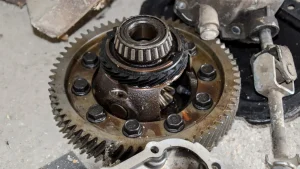
Embarking on a structured decision-making process can be beneficial. This could involve listing the pros and cons of both repair and replacement, considering the financial implications, and reflecting on your long-term plans for the vehicle. Discussing the situation with trusted mechanics and even seeking advice from automotive communities online or locally can provide diverse perspectives. The objective is to arrive at a decision that you are comfortable with, knowing it's well-considered and aligned with both your vehicle's needs and your financial circumstances.
Follow a maintenance program
Ante gravida id aenean quis egestas risus nam amet nullam leo diam diam aliquam eu eu malesuada arcu rhoncus suspendisse nulla mattis ut amet sagittis in justo egestas.
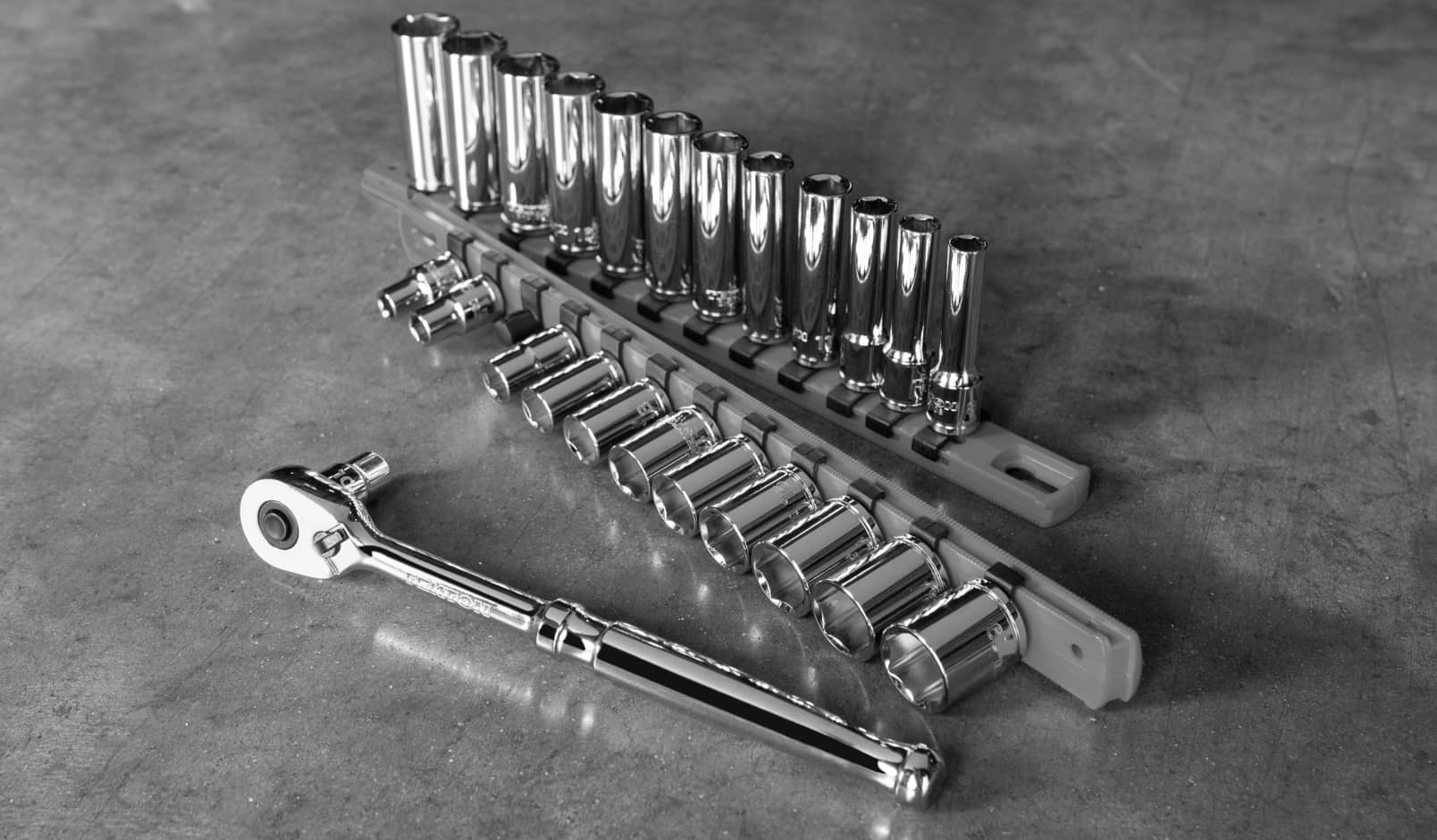
search for a trusted mechanic
Lorem ipsum dolor sit amet, consectetur adipiscing elit lobortis arcu enim urna adipiscing praesent velit viverra sit semper lorem eu cursus vel hendrerit elementum morbi curabitur etiam nibh justo, lorem aliquet donec sed sit mi dignissim at ante massa mattis.
- Neque sodales ut etiam sit amet nisl purus non tellus orci ac auctor
- Adipiscing elit ut aliquam purus sit amet viverra suspendisse potent
- Mauris commodo quis imperdiet massa tincidunt nunc pulvinar
- Excepteur sint occaecat cupidatat non proident sunt in culpa qui officia
Check the air pressure in your tires
Vitae congue eu consequat ac felis placerat vestibulum lectus mauris ultrices cursus sit amet dictum sit amet justo donec enim diam porttitor lacus luctus accumsan tortor posuere praesent tristique magna sit amet purus gravida quis blandit turpis.
Review your suspension frequently
At risus viverra adipiscing at in tellus integer feugiat nisl pretium fusce id velit ut tortor sagittis orci a scelerisque purus semper eget at lectus urna duis convallis. porta nibh venenatis cras sed felis eget neque laoreet suspendisse interdum consectetur libero id faucibus nisl donec pretium vulputate sapien nec sagittis aliquam nunc lobortis mattis aliquam faucibus purus in.
- Neque sodales ut etiam sit amet nisl purus non tellus orci ac auctor
- Adipiscing elit ut aliquam purus sit amet viverra suspendisse potent
- Mauris commodo quis imperdiet massa tincidunt nunc pulvinar
- Excepteur sint occaecat cupidatat non proident sunt in culpa qui officia
Service your vehicle as regularly as posible
At risus viverra adipiscing at in tellus integer feugiat nisl pretium fusce id velit ut tortor sagittis orci a scelerisque purus semper eget at lectus urna duis convallis. porta nibh venenatis cras sed felis eget neque laoreet suspendisse interdum consectetur libero id faucibus nisl donec pretium vulputate sapien nec sagittis aliquam nunc lobortis mattis aliquam faucibus purus in.
“Nisi quis eleifend quam adipiscing vitae aliquet bibendum enim facilisis gravida neque velit euismod in pellentesque”
Conclusion
Eget lorem dolor sed viverra ipsum nunc aliquet bibendum felis donec et odio pellentesque diam volutpat commodo sed egestas aliquam sem fringilla ut morbi tincidunt augue interdum velit euismod eu tincidunt tortor aliquam nulla facilisi aenean sed adipiscing diam donec adipiscing ut lectus arcu bibendum at varius vel pharetra nibh venenatis cras sed felis eget.

